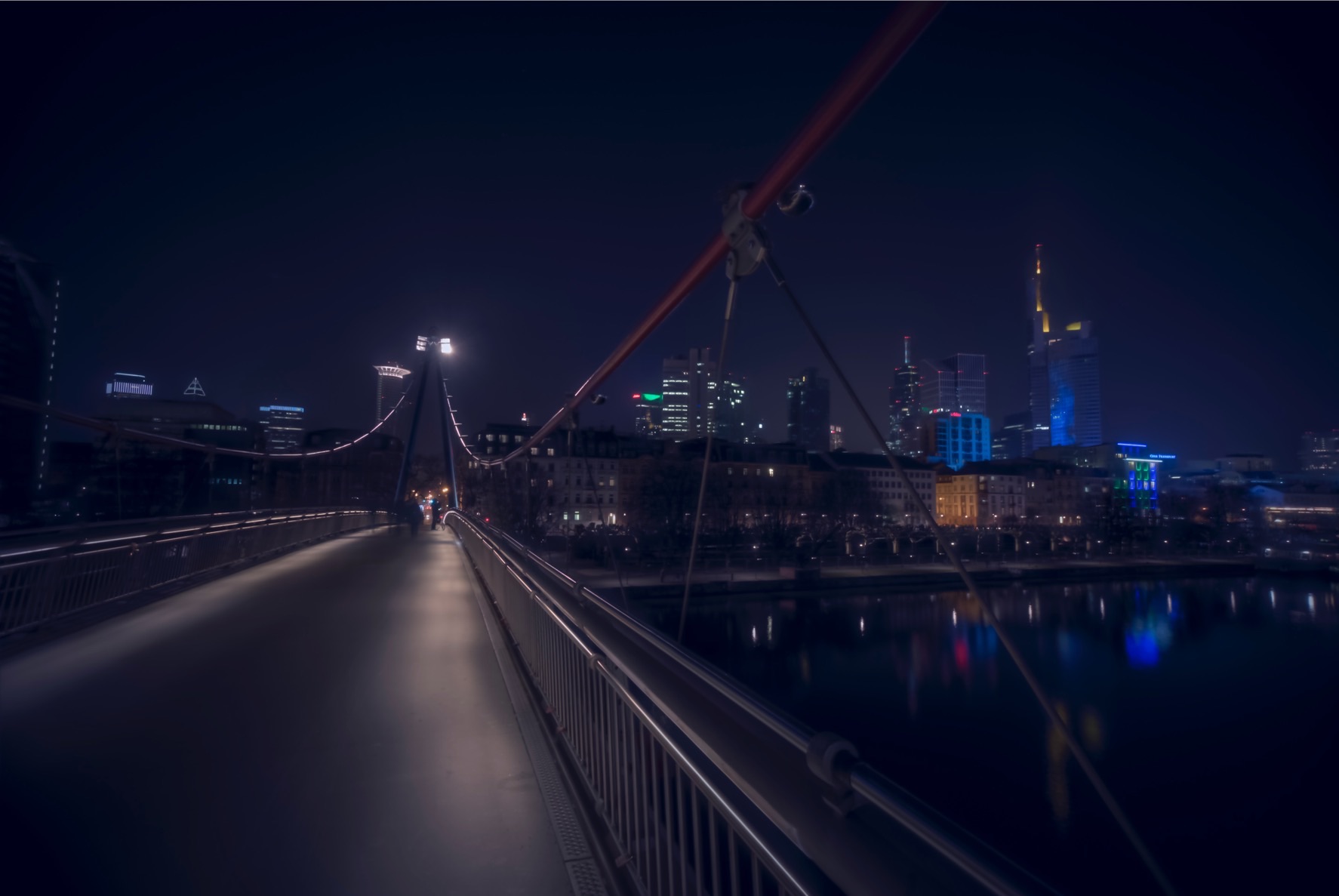Frankfurt is well known for its skyline, the financial sector, the big fair, and for one of Europe’s largest airports. The city is dynamic and modern. But there’s also another side that provides a nice contrast to all the chrome, glass, and big business: Frankfurt has many historical and cultural highlights, like the Paulskirche, the Römer, and the “Museumsufer”—a unique collection of 13 museums situated along the banks of the Main river. If you stay a bit longer and would like to take in the sights, this page provides some hints to help you find the local attractions.
Ebbelwoi & Grie Soß
Of course you can find all kinds of restaurants in Frankfurt, but there are some local specialties that you won’t find elsewhere. “Ebbelwoi” (dialect for “Apfelwein”, literally “apple wine”) is Frankfurt’s regional beverage; it’s actually a kind of hard cider and is traditionally served in a “Bembel” (stoneware pitcher) and drunk from "Geripptes" (a glass with a diamond-shaped engraved pattern, which you can see depicted in this site’s header). “Grie Soß” (dialect for “green sauce”) is a sauce made from a blend of fresh herbs, sour cream, mayonnaise, and hard boiled eggs. Most of the traditional restaurants and pubs that serve this traditional fare are located in old Sachsenhausen, where the small lanes and tiny old houses will make you feel like you’ve been transported back in time.
Modern Stuff
If you’re not afraid of heights and want to get a bird’s-eye view of the city, you can visit the Main Tower observation deck (note: admission is about €8 per person). It’s easily accessible via public transport (the closest U-Bahn station is “Willy-Brandt-Platz”). The building is nearly 200m tall and offers an impressive view over the city. From there, it is not far to the bull & bear sculptures outside the Frankfurt stock exchange. The Zeil, Frankfurt’s biggest shopping street, is also close by. You’ll find shops with all the big labels here, as well as two big shopping malls. If you’re looking for a something a bit more upmarket, visit the Goethestraße—but make sure to have enough money with you. ;)
 As the Main river flows through the middle of Frankfurt, there are many bridges of all ages; some are quite modern, like the Holbeinsteg—a big suspension bridge for pedestrians and cyclists which spans the river between Sachsenhausen and the Bahnhofsviertel (the Frankfurt city district around the central train station). But there are also the old bridges...
As the Main river flows through the middle of Frankfurt, there are many bridges of all ages; some are quite modern, like the Holbeinsteg—a big suspension bridge for pedestrians and cyclists which spans the river between Sachsenhausen and the Bahnhofsviertel (the Frankfurt city district around the central train station). But there are also the old bridges...
Historical Stuff
…like the “Eisener Steg” (literally ”iron footbridge”), another pedestrian bridge that was built in 1868 to connect Sachsenhausen with the Römerberg. Its unique look makes it to one of Frankfurt’s key landmarks. You could also call it one of the first open-source projects, as its construction was funded by the people of Frankfurt. The Römerberg (Roman hill) is the center of the old town of Frankfurt (U-Bahn station: “Dom/Römer”). You can find many typical old buildings there, the most important being the Römer, Frankfurt’s historical town hall which you may have seen in media coverage when the German football team was celebrating there (although the last time was a while back). The old Nikolai church and the Paulskirche are also in the area. The Paulskirche holds particular importance in German history, as it was there that the first German parliament sessions were held in 1849. Not far away, you can find the birthplace of Frankfurt’s most famous son, Johann Wolfgang von Goethe, the renowned German poet, author, and scientist. Today the Goethe house is a museum, reconstructed to look as it did when Goethe still lived there.
